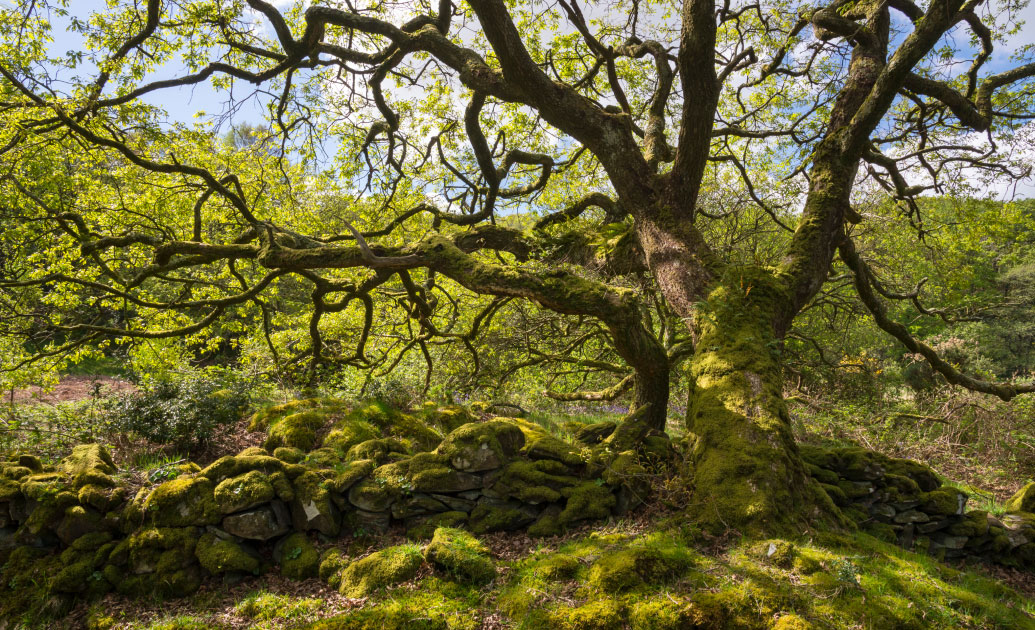Our ancient trees are the scene of many of life’s great adventures. They are stalwarts in the landscape connecting us to times gone by. But the Woodland Trust understands that it’s not just their unique histories that make them special – they also offer many benefits for our planet, wildlife and wellbeing.

Ancient trees are defined by their age, particularly when compared to other trees of the same species. There’s no set amount of time required for a tree to be considered ancient, as different species age at varying rates. For instance, yews are our longest-living trees, so they’re not classed as ancient until around 800 or 900 years old, while beech trees have shorter lifespans, so they might receive the same accolade at 225 years.
The UK is also home to various ancient woods, which are defined as existing since at least 1600 in England, Wales and Northern Ireland, and 1750 in Scotland. Some are 900+ years old, such as Duncliffe Wood in Dorset and Stanley Wood in Gloucestershire, while others, including Aversley Wood in Cambridgeshire and Ben Shieldaig in the West Highlands of Scotland, are a whopping 10,000 years old.
Our ancient trees may be beautiful to look at, but they’re also important carbon stores and vital havens for wildlife. The nooks and crannies of an ancient oak can be home to thousands of different species, from plants and specialist fungi to insects, birds and other animals. Plus, they’re constantly breathing and renewing our air, absorbing water into their leaves and roots, fighting flooding and pollution, and stabilising the soil.
Despite their value, many of the UK’s ancient trees face the threat of land development with no real protection, as three quarters of them are located outside of legally protected wildlife sites. As a result, over the last 150 years, 50% of large trees outside of woodlands have been lost from parts of eastern England.

The Woodland Trust is working tirelessly to raise the profile of our oldest, most valuable trees, while also calling for better protection of them. Since 2006, the charity has been mapping the distribution and condition of the UK’s ancient and veteran trees with the Ancient Tree Inventory (ATI). Currently, the ATI holds more than 209,000 records, but it’s thought that this accounts for less than 10% of the nation's oldest trees.
To help accelerate this progress, the Woodland Trust supported a four-year PhD study by Dr Victoria Nolan at the University of Nottingham that predicted the distribution of ancient and other noteworthy trees across England. Based on Victoria’s research, the charity can now identify 'hotspots' where there will be a greater chance of finding these precious trees. And by becoming a member, you can help the Woodland Trust do even more to find, restore and protect ancient trees and woods across the UK.